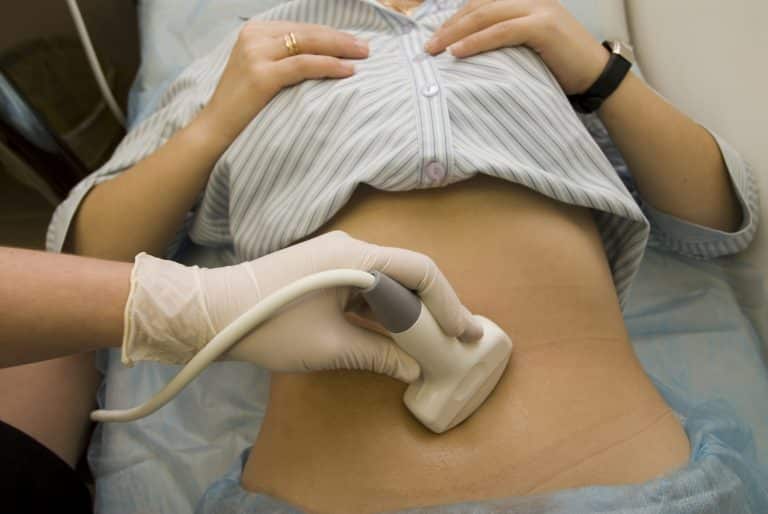INDIANAPOLIS – This week, Indiana Attorney General Curtis Hill petitioned the Supreme Court to review the preliminary injunction against the 18-hour ultrasound provision in the 2016 Dignity for the Unborn Act. Indiana Right to Life President and CEO Mike Fichter gave the following statement:
“We applaud Indiana’s appeal to the Supreme Court to reverse the injunction blocking the right of women to see an ultrasound of their unborn babies at least 18 hours prior to an abortion. Since the injunction, abortions in Indiana have spiked compared to the six months when the law was in effect. This isn’t about inconvenience to women, it’s about abortion providers not wanting women to be fully informed about the humanity of their unborn children when making life or death decisions. It is remarkable that Planned Parenthood, with a budget exceeding $15 million in Indiana, complained in its suit the law might require them to purchase ultrasound equipment for locations other than its four abortion clinics in the state.”
Indiana’s abortion numbers rose dramatically in 2017 following the blockage of Indiana’s ultrasound law by U.S. District Court Judge Tanya Walton Pratt. The increase of 496 abortions in 2017 compared to 2016 marks the first upward swing in abortions in Indiana since 2009, according to the Indiana State Department of Health’s 2017 Induced Terminated Pregnancy Report.
The 2016 Dignity for the Unborn Act signed into law by then-Gov. Mike Pence, contained a requirement that any woman seeking an abortion must be given the opportunity to view an ultrasound of her unborn baby at least 18 hours prior to an abortion. The ultrasound provision was challenged by the American Civil Liberties Union and Planned Parenthood in July 2016 in the wake of the Supreme Court’s Whole Woman’s Health v. Hellerstedt ruling, but remained in effect until Pratt’s injunction in April 2017.
From July through December 2016, while the ultrasound law was in effect, there were 3,317 abortions in Indiana. During the same period of July through December 2017, after the blockage of the law, abortions spiked to 3,813 in Indiana, a 13 percent increase compared to 2016. A significant portion of the increase was due to a massive 33 percent increase in women from out of state coming to Indiana for abortions, with 296 abortions on out of state women in 2017 compared to 222 in 2016.In total, there were 496 more abortions done in Indiana from July through December 2017 compared to the same period in 2016. When considering the overall annual increase in abortions in 2017 was 498 compared to 2016, the impact of the blockage of Indiana’s ultrasound law is clear.
Indiana Right to Life’s mission is to protect the right to life, especially of unborn children, through positive education, compassionate advocacy and promotion of healthy alternatives to abortion.


Recent Comments